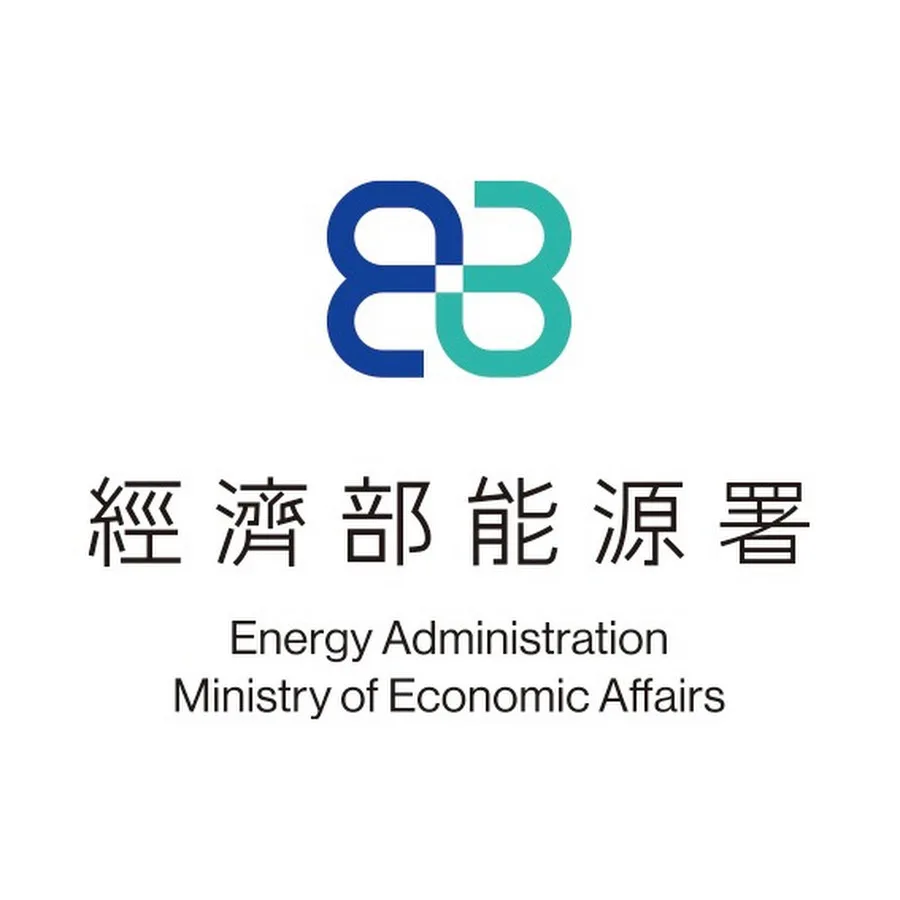Fostering Constructive Dialogue to Rebuild Social Consensus and Advance Offshore Wind Development Goals
Fostering Constructive Dialogue to Rebuild Social Consensus and Advance Offshore Wind Development Goals

Offshore wind is one of the key pillars of Taiwan's energy transition. To build broad consensus among stakeholders and achieve medium- to long-term development goals, the Ministry of Economic Affairs (MOEA) recently held the "Offshore Wind Flagship Program Social Communication Focus Meeting." The meeting brought together representatives from local fisheries associations, environmental groups, industry associations, and both central and local governments. Discussions centered around five major themes: policy implementation, supporting mechanisms, integration of environmental and fishery concerns, industrial collaboration and talent cultivation, and public communication. Participants exchanged views and provided valuable input on issues such as policy clarity (e.g., round 3-3), financing and regulatory frameworks, eco-friendly practices, and cross-sector collaboration. The meeting also aimed to consolidate consensus on topics such as identifying available space and infrastructure, encouraging state-owned banks and insurance funds to support financing, promoting coexistence between wind farms and fisheries, and enhancing workforce training.
According to the Energy Administration of the MOEA, Taiwan has made remarkable progress in offshore wind development thanks to collaborative efforts across all sectors. Based on data from the Global Wind Energy Council, Taiwan ranked fifth globally in total offshore wind installation as of 2024. Additionally, Bloomberg data ranked Taiwan second in the world for new offshore wind capacity added in a single year in 2024. As of the end of May 2025, Taiwan has completed construction of seven offshore wind farms, installed over 400 offshore wind turbines, and connected 374 of them to the grid, achieving a cumulative grid-connected capacity of over 3 GW. The total is expected to reach 4.7 GW by the end of 2025 and 5.3 GW by 2026.
The Energy Administration further noted that in the early stages of offshore wind development, key policy mechanisms were established through inter- ministerial coordination and stakeholder engagement. These include strategic environmental assessments, mapping of environmentally sensitive maritime areas, an inter-ministerial joint site review mechanism, fishery compensation and co-prosperity models, and workforce training programs—all of which have contributed to the growth of Taiwan's green energy sector and job creation.
Looking ahead, the MOEA will continue organizing social communication meetings under the flagship program, focusing on critical issues and engaging with civil society to explore viable solutions. The goal is to establish a long-term, effective platform for public dialogue, incorporate diverse perspectives, and continuously improve the environment for offshore wind development.
